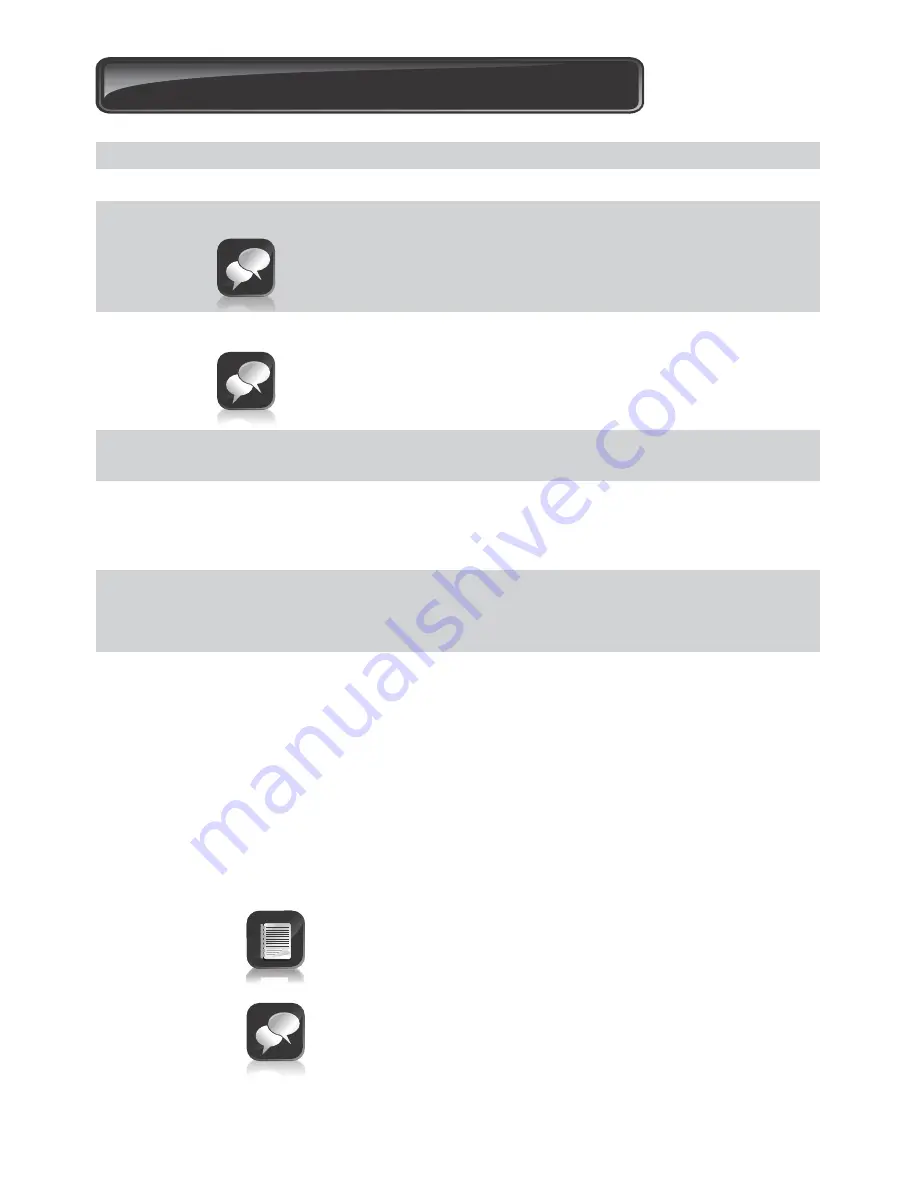
Battery terminal normally indicated as
+
or
red
(right-hand
battery)
Battery terminal normally indicated as
-
or
black
(right-hand
battery)
Motor
Motor output
– connects to the
Blue
or
Black
motor wire.
Motor
Motor output
– connects to the
Orange
or
Red
motor wire.
Batt +
Positive battery connection.
Batt -
Negative battery connection.
COM
The
common
termination point. All trigger signals, etc. have their return
path to one of the COM terminals.
PED
Pedestrian Opening input.
(A normally-open potential-free input).
Momentarily connecting this input to COM will cause the gate to open to
the Pedestrian open position. For more information refer to the Pedestrian
feature.
TRG
Trigger input.
(A normally-open potential-free input) Momentarily
connecting this input to COM will cause the gate to open or close
depending on the operating mode selected. For more information see the
Autoclose feature and Modes of Operation.
LCK/STP
Holiday Lockout or gate Stop input.
(A normally-closed potential-free
input). For as long as a connection between this input and COM is
maintained the controller will behave normally. But, when this connection
to COM is broken all inputs are inhibited and all triggers except the one
that invoked the feature will be ignored, and if the gate is moving it will
stop. As the name implies, this feature is mostly used in situations where
the premises will be left uninhabited for a period of time, for example when
the residents go away on holiday, and electronically locks the entire system
for added security. While this is usually a remote control button, other
typical devices include a pushbutton, keypad, keyswitch and any number of
access control devices.
If this input is enabled while the gate is moving or in the
open position, it will only activate and inhibit operation of all
the inputs when the gate is back in the closed position
If the LCK function is not required a link must be fitted
between LCK and COM*(refer to note on page 78)
page 77
23. Description of Terminal Functions
















































